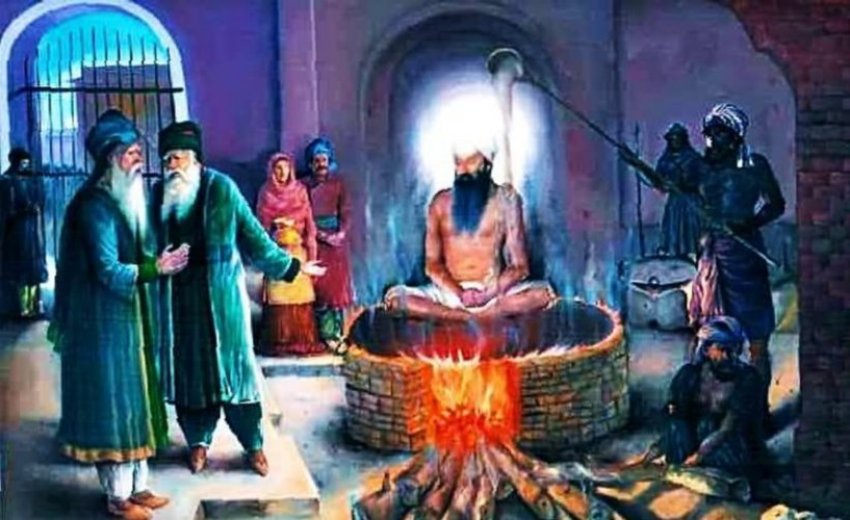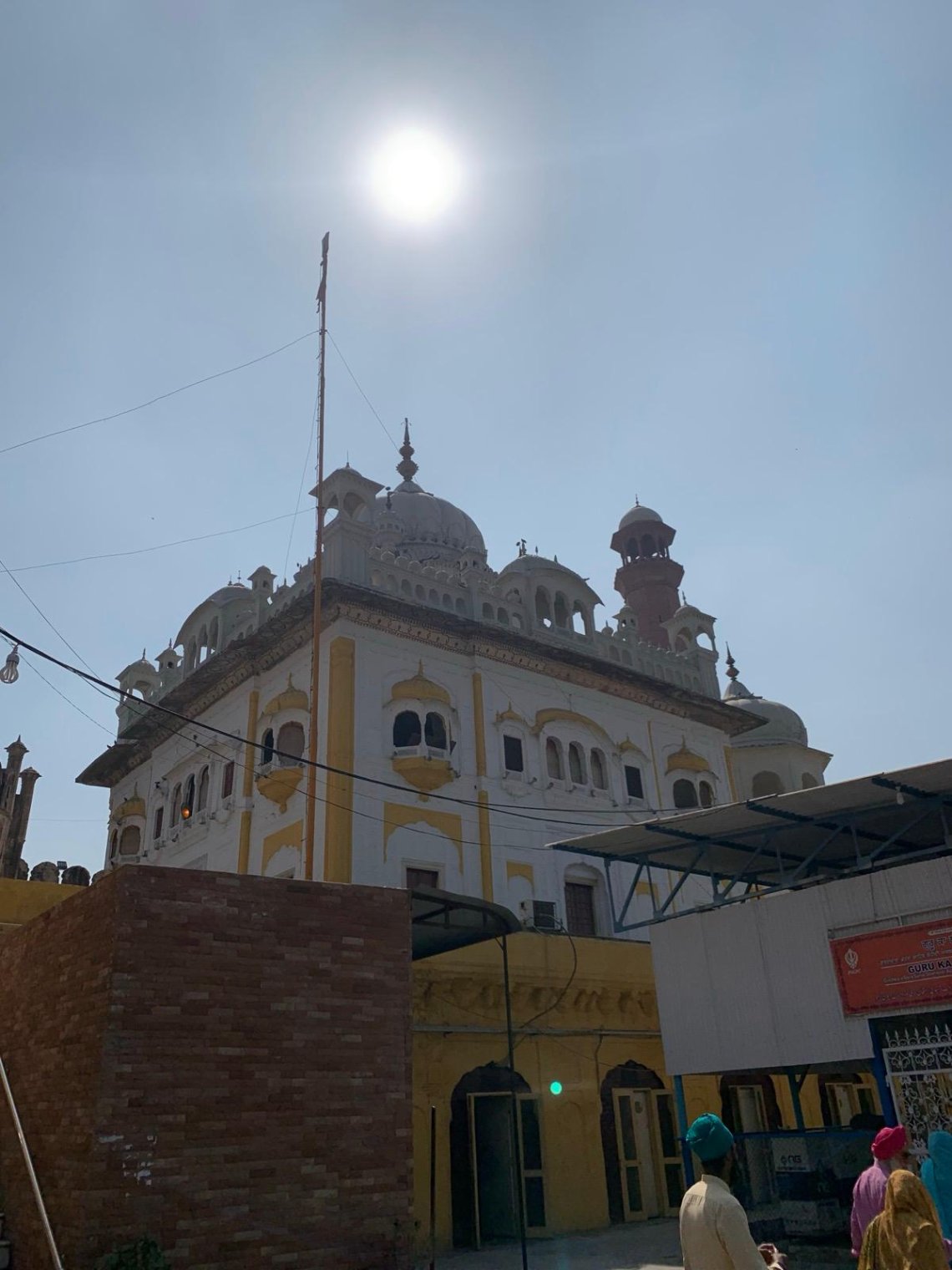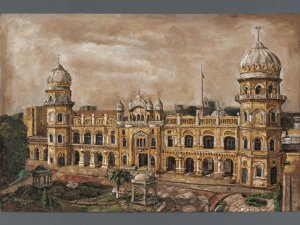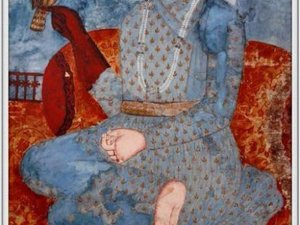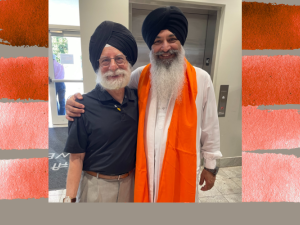We are all living in a world which has become impatient, making us citizens of the world of impatience. Today, the world expects instant gratification, and as a result impatience has become a modern curse. The advancements in technologies have enabled us to enjoy this privilege, which was not available to us in the past, so we were patient in life. With the boon of remote controls in our hand we have, unfortunately, lost our ability to be patient.
We have invented remote control devices, instant coffees, instant noodles, instant meals, instant pots, plus search engines for answers to our questions, entertainment on demand and many more methods, plus apps and devices for instant gratification. With the newer tech voice assistants such as Siri and Chatbot we don’t have to type our queries, instead we can just talk and ask whatever we wish to know. With the plethora of new technical advancements and developments, it has made us more technically savvy, but the price that we have paid is making us impatient. The result is our ability to wait is waning fast, approaching extinction, while our abilities to obtain instant gratification is increasing. We are ready to come to blows or even resort to guns when we are denied instant gratification. The print and digital media news coverage daily confirms this new reality of life.
It has been proven by a study in 2023, led by Asst. Prof. David Jangraw at the University of Vermont, that the average person’s mood got steadily worse every minute they sat doing nothing. In fact, the challenge of being patient has become so daunting that we often recoil in a way that actually only aggravates the present situation.
Impatience can lead to speeding, ignoring other traffic signs, running red lights and stop signs, tailgating, illegal lane changes, and even road rage, all of which can cause collisions. One driver’s impatience can result in multiple patients in hospitals. How many car accidents have we seen as a result of impatient driving? I can count myself as one of such culprits. Sometimes even sitting at home can also cause one to become victim of impatient driver, when their property is hit by the uncontrolled car. Besides car transportation we can find a similar pattern in other modes of transportation from slowest like walking to fastest as air travel.
Author Jon Kabat-Zinn in his book Full Catastrophe Living says , “Patience is a form of wisdom,” he writes, “It demonstrates that we understand and accept the fact that sometimes things must unfold in their own time.” He has also said, “The attitude of patience can be a particularly helpful quality to invoke when the mind is agitated.”
When we look around in nature we find everything works patiently according to its own precise development cycles. There are no shortcuts or instant results in nature. But man is an exception, always wanting instant gratification. Even when we look at children we notice they need smart phones in their hands in order to eat, play or even to comb their hair, plus to keep them from getting bored. Imagine by the time they become adults they will be totally dependent on them, like crutches – making those indispensable. We are getting a new generation of impatient, waiting to take over the world. To them, waiting has come to symbolize frustration, suffering or even failure to adopt appropriate technology. In the age of instant gratification, we are not getting as many opportunities to wait as earlier generations had.
Guru Nanak Ji in Jupji Sahib has asked us to develop the patience of a goldsmith with these words ਧੀਰਜੁ ਸੁਨਿਆਰੁ (Dheeraj suniaar). Because the word “Suniaar” which mean goldsmith has to be extremely patient i.e. have “Dheeraj”. It is this quality which enables him to craft exquisite and beautiful gold jewelry. He understands that he is working with the most precious metal which is highly malleable. The goldsmith has to be precise as to how much heat and where it is to be applied, along with how strong the blow of the hammer should be plus where blow has to be applied. These skills have been honed patiently with long practice, plus learning from past mistakes. If he does not get the desired results, he patiently keeps repeating the process till he is able to impart the desired shape and form.
Guru Arjan Dev Ji has compared the trait of patience in the enlightened to the qualities of earth. Because whether the earth is dug up or it is eulogized, it remains patient, totally unaffected by either situation. It is probably for the same reason earth has been called mother earth, because its patience is like that of a mother. Guru Ji says:
ਬ੍ਰਹਮ ਗਿਆਨੀ ਕੈ ਧੀਰਜੁ ਏਕ ॥ ਜਿਉ ਬਸੁਧਾ ਕੋਊ ਖੋਦੈ ਕੋਊ ਚੰਦਨ ਲੇਪ ॥
“Braham gyanee kai dheeraj ek. Jiau basudhaa kouoo khodhai kouoo chandhan lepp.”
(SGGS, Pg. No. 272)
Translation: The God-conscious being has a steady (unwavering) patience (to either praise and scorn), like the earth, which is dug up by one, and anointed with sandal paste by another.
These words coming from Guru Ji’s heart and pen, paints a portrait of his mental state. This mental state calmness be gauged from the unfolding of Guru Ji’s own life.
Let us briefly look at those unfolding of events.
- Guru Arjan Dev Ji’s eldest brother Prithi Chand did not accept him as the fifth Guru, instead he declared that being the oldest child biologically, he was the true successor. He sent out his men to different sangats to spread that message of his being the Guru. When sangat came to Amritsar with their offerings, those were collected by Prithi Chand’s men, and they never reached Guru Ji’s vault. Prithi Chand would collect the donations but would send the sangat to the langar being run by Guru Ji. Despite the acute shortage of incoming funds Guru Arjan Dev kept the langar running, keeping his calm, he remained patient.
- When Bhai Gurdas returned from Varanasi and saw what was going on, it pained him so much that he acted quickly to expose fraud. Slowly, the sangat became aware and funds started flowing back to Guru Ji. But Prithi Chand talked to Sulhi Khan about his claim of being the legitimate heir and asked for his help in restoring it to him. As Sulhi was preoccupied he asked Prithi Chand to seek help of Sulbi Khan. Prithi Chand got a written note from Sulhi which he personally delivered it to Sulbi. Sulbi Khan saw this as an opportunity to loot Amritsar. Sulbi marched to Amritsar with his army but was killed by Hasssan Ali, before reaching Amritsar. Pirthi Chand again returned to Sulhi Khan for help. This time Sulhi decided to take matter in his own hands. On their march towards Amritsar, Sulhi Khan and his forces stopped for a night at “Ha-Hery” where Prithi Chand again hosted them. Prithi Chand took him on a hunting expedition while returning they stopped by at Prithi Chand’s brick kiln for a visit. Sulhi Khan decided to take the tour riding his prized horse. While on the tour, the horse got startled by the raging kiln fire lost his balance. The horse, along with the rider Sulhi Khan fell into the burning kiln. The evil designs of Sulhi Khan were burnt along with him in the kiln. Thus, the holy city of Amritsar providentially escaped unscathed from the painful experience of loot and plunder as contemplated by the deceased Sulhi. During this crisis again Guru Ji showed his patience and put his full faith in Almighty. After the news of Sulhi demise reached him, he thanked Almighty in these words:
ਸੁਲਹੀ ਤੇ ਨਾਰਾਇਣ ਰਾਖੁ ॥ ਸੁਲਹੀ ਕਾ ਹਾਥੁ ਕਹੀ ਨ ਪਹੁਚੈ ਸੁਲਹੀ ਹੋਇ ਮੂਆ ਨਾਪਾਕੁ ॥੧॥ ਰਹਾਉ ॥
“Sulhi tae naaraaein raakh. Sulhi kaa haathh kahee na pahuchai sulhi hoe mooaa naapaak.” (SGGS, Pg. No. 825)
Translation: The Lord saved me from Sulhi Khan. Sulhi did not succeed in his plot, and he died in disgrace.
For a Muslim, the final resting place of the body after death is by burial and not by cremation. Here we see that Sulhi Khan was burnt alive in a kiln, which is an ignominious death for a person with abominable motives. Exhausting all his resources Prithi Chand started claiming that his son Meharban would succeed and become the next Guru as Guru Arjan did not have his own child. We can see that Prithi Chand never forgot in his mind that he was the legitimate inheritor and regarded his being bypassed as injustice and an injury inflicted upon him by his father.
- Finally, when Guru Arjan Dev was blessed with a son, Prithi Chand made numerous attempts on the lives of child Hargobind, but did not succeed. Still Guru Ji always wished for the wellbeing of his eldest brother. He even offered prayers to Almighty for the welfare of his brother in these words:
ਰਾਖਿ ਲੈਹੁ ਭਾਈ ਮੇਰੇ ਕਉ ਪ੍ਰਭ ਆਗੈ ਅਰਦਾਸਿ ॥ ਰਹਾਉ ॥
“Raakh laihau bhaae'ee mere kau prabh aagai aradhaas.” (SGGS, Pg. No. 619)
Translation: Please, save my brother, O my Beloved! I offer this prayer to my God.
- Last but not the least he showed extreme patience when he was tortured and killed in Lahore. A large number of people were adopting Sikhism and even some Muslims had accepted Guru Arjan Dev Ji as their preceptor. This did not sit well with the Mughal ruler Jahangir who in his diary has described Guru Ji’s mission as “Jooth ki Dukan” meaning shop of falsehood. Before leaving for Delhi, he gave the orders to put an end to it, following orders his men went to Amritsar to arrest Guru Ji and bring him to Lahore. The custody of Guru Ji was given to the Emperor’s official in Lahore. Guru Arjan Dev was tortured for four days in 1606 under his orders in Lahore. Even Hazrat Mian Mir a respected seer in Lahore was very disturbed seeing the atrocities being committed on Guru Ji. He asked Guru Ji to permit him to raze the whole town, where such atrocities are committed on a saint. Mian was indignant seeing the condition of Guru Ji, but Guru Ji was calm, full of ineffable peace. Guru Ji said to him, “Such is the will of my God, accept it.” Guru Ji sang these words:
ਤੇਰਾ ਕੀਆ ਮੀਠਾ ਲਾਗੈ ॥ ਹਰਿ ਨਾਮੁ ਪਦਾਰਥੁ ਨਾਨਕੁ ਮਾਂਗੈ ॥੨॥੪੨॥੯੩॥
“Teraa keeaa meeThaa laagai. Har naam padhaarath naanak maa(n)gai ||2||42||93||” (SGGS, Pg. No. 394)
Translation: Your actions seem so sweet to me. Nanak begs for the treasure of the Naam, the Name of the Lord. ||2||42||93||
Guru Ji accepted all the torture patiently. Guru Ji thus shared with us that when one is connected to the Eternal, any amount of physical torture cannot take their internal calm. Finally, he asked for permission to take a bath in the Ravi river, and went in the river, and his body was never found. The spot where he entered the river stands Gurdwara Dera Sahib to inspire us to become patient in life.
Even Bhai Gurdas Ji, who was Guru Ji’s contemporary, has even written about the virtues of Guru Ji and concluded with these words:
ਗੁਰ ਅਰਜਨ ਵਿਟਹੁ ਕੁਰਬਾਣੀ ॥੨੩॥
“Gur Arjan vithahu kurabaanee. 23.” (Bhai Gurdas, Vaar 24.23)
Translation: I am sacrifice unto Guru Arjan Dev.
We can see that Guru Ji’s life was the epitome of patience. Guru Ji wants us to cultivate patience as well, which is considered as a virtue. Here are a few practical suggestions from psychologists – Prof. Sarah Schnitker, Baylor University; Prof. Jenny Taitz, Asst. Prof. University of California, Los Angeles; Prof. Emeritus Thomas Lynch, University of Southampton, UK:
- The cultivation of patience can only start with a pausing, identifying and realizing that trait of impatience.
- The first step will be to learn to treat waiting time as a positive activity, rather than something to avoid at all costs. Waiting period should not imply suffering or a failure to adopt the appropriate technology.
- Waiting may feel painful when we become predisposed to seeking control. But we have to learn and strengthen our ability to wait. We have to treat the wait time as a sweet spot where we feel calm, because we know that we are still engaged in pursuing the important things in life.
- When we find ourselves in a situation that requires patience, ask ourselves if there is something that I might need to learn here? This approach was developed by Dr. T. Lynch is called Radical Open Dialectical Behavior Therapy.
- Attempt to seek out those challenges that provoke our impatience. An example could be waiting patiently for the non-vital medical report to be delivered, instead of being proactive by calling/accessing it immediately online as soon as it becomes available to see the results.
- Let us not forget the proven method of daily meditation. Through meditation we can slowly cultivate patience while letting go of our own sense of impatience, making us more patient. Through meditation practice we engage in mindfulness practice, and we will need a healthy dose of patience to keep it going.
Guru Arjan Dev Ji says when one becomes totally patient in life, one experiences that his mind and body are soothed and become calm in these words:
ਮਨੁ ਤਨੁ ਸੀਤਲੁ ਧੀਰਜੁ ਪਾਇਆ ॥
“Mun tun seetal dheeraj paiaa.” (SGGS, Pg. No. 98)
Translation: My mind and body have been cooled and soothed (the heat of desires and wants have abated); I have been blessed with patience and composure.
From the life events of Guru Arjan Ji’s life, we can see the unfolding of the ideal of supreme patience as espoused by Guru Nanak Ji with a metaphor of a goldsmith.
References:
- Patience is Power online https://mindworks.org/blog/patience-is-power/
- Taitz, Jenny. Impatience Is Our Modern Curse, But there are ways to beat it. The Wall Street Journal, July 27-28, 2024.
- Naveteur, Janick, et Al. Impatience and time pressure: Subjective reactions of drivers in situations forcing them to stop their car in the road.
- https://www.sciencedirect.com/science/article/abs/pii/S1369847813000041
- www.Sikhitothemax.com
- Kabat-Zinn, Jon. The Mindful Attitude of Patience. https://mbsrtraining.com/attitudes-of-mindfulness-by-jon-kabat-zinn/mind...

